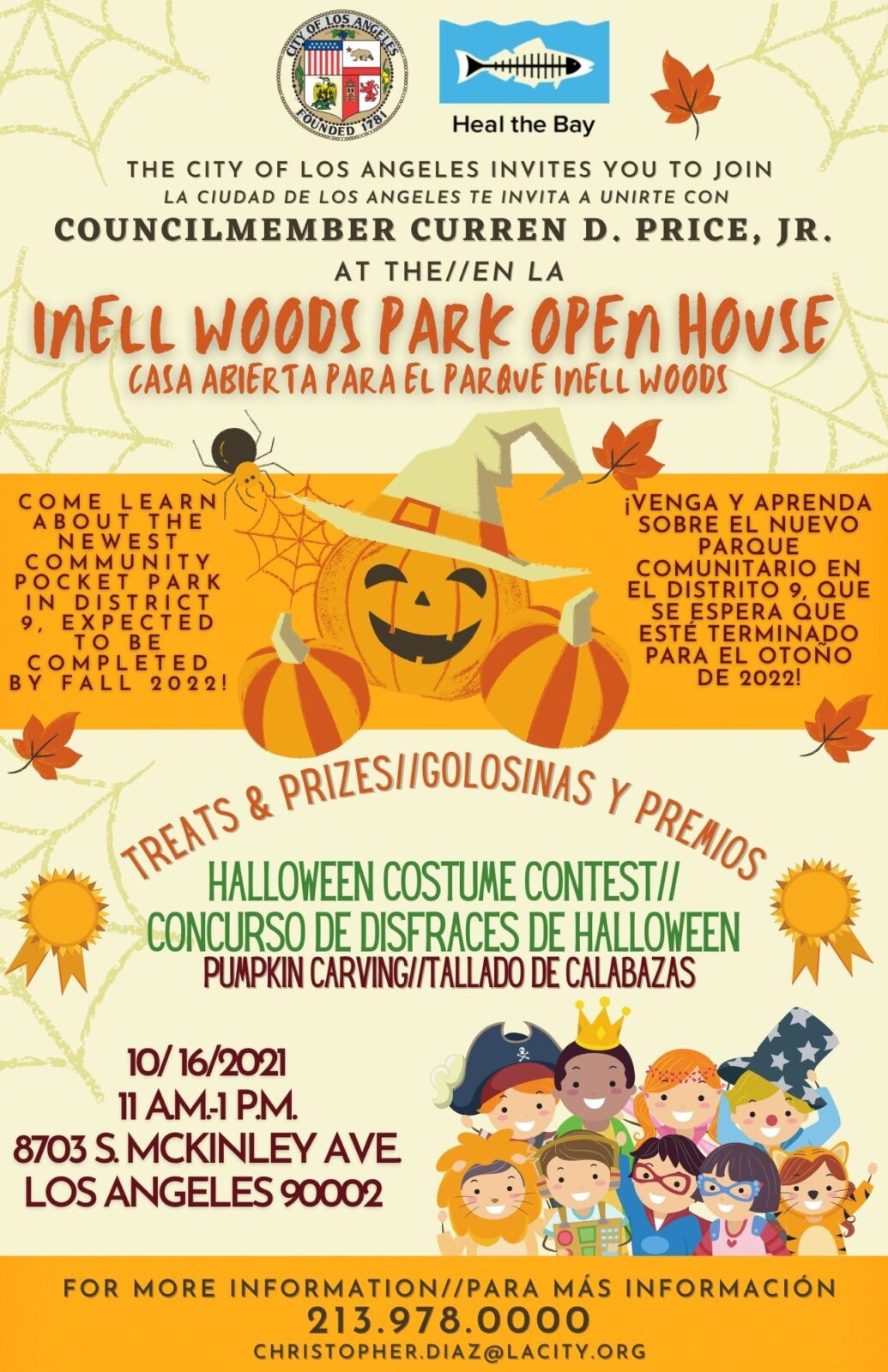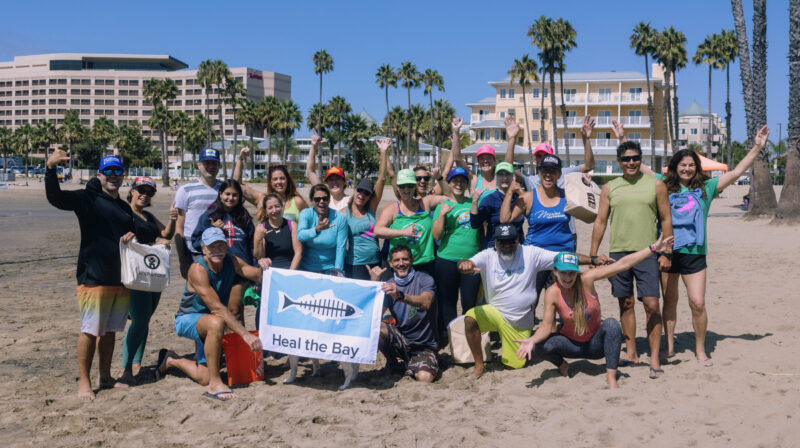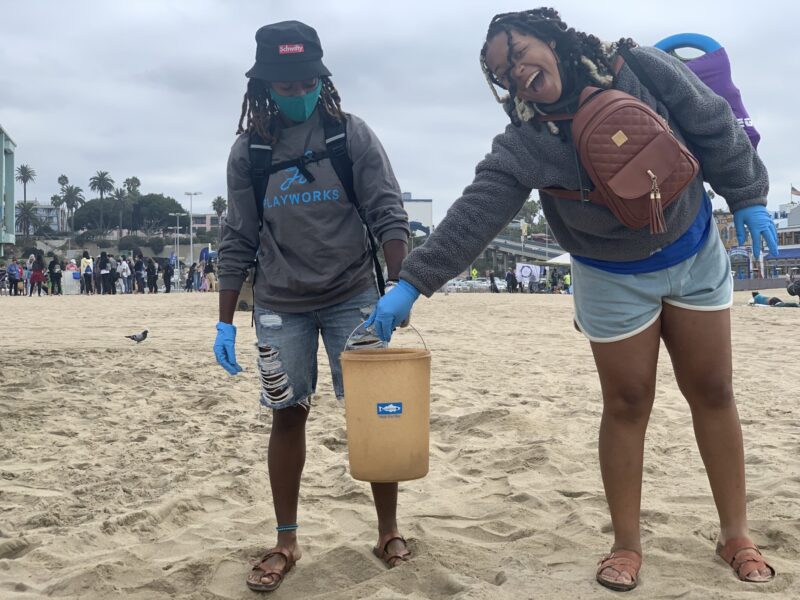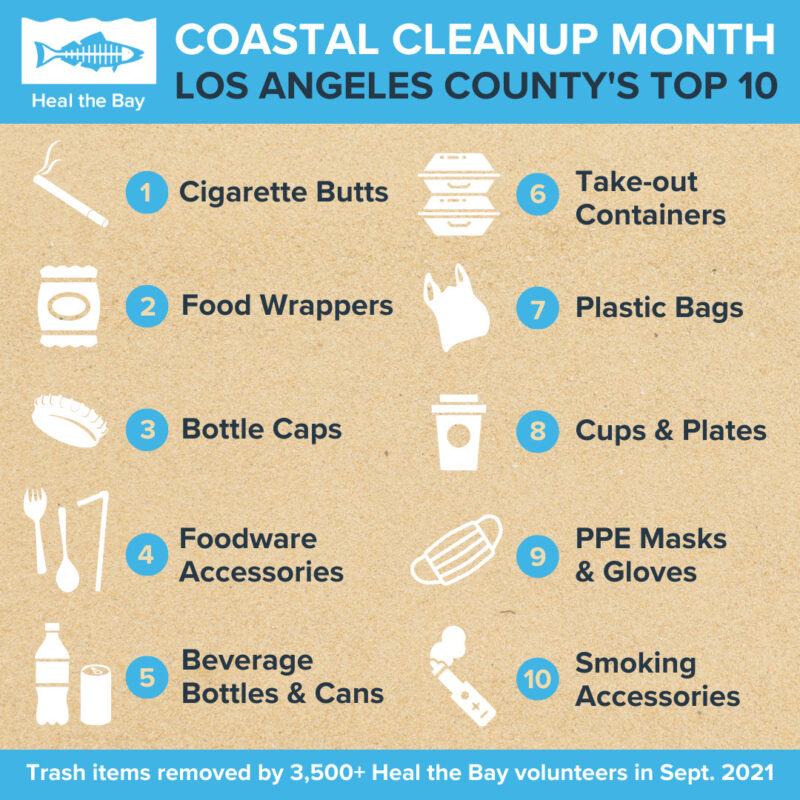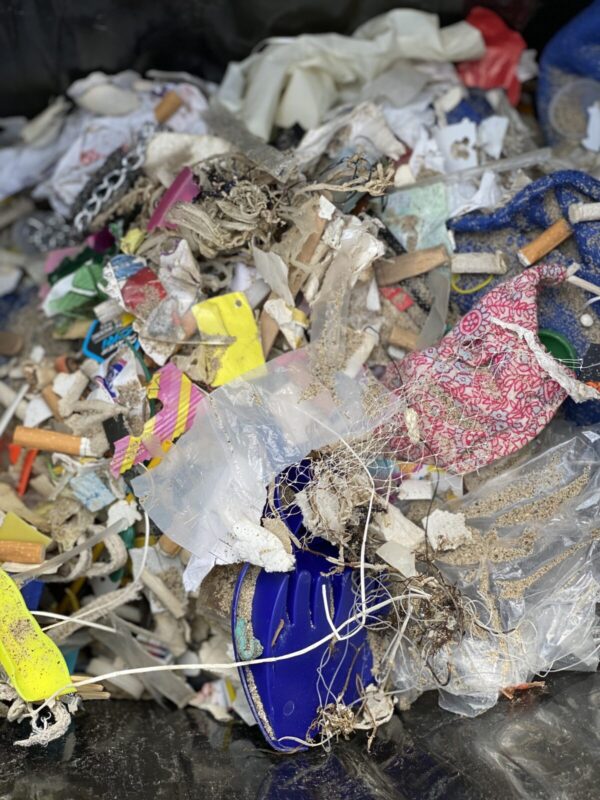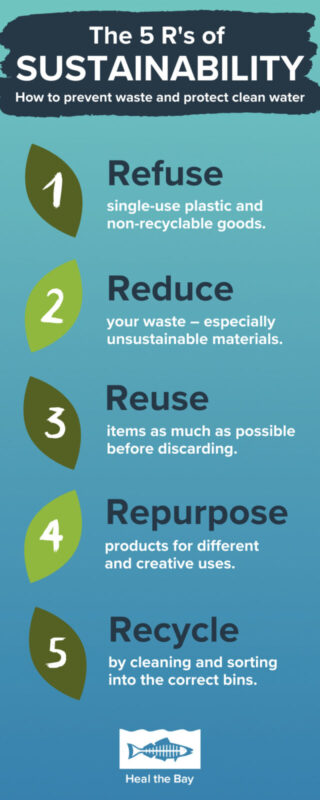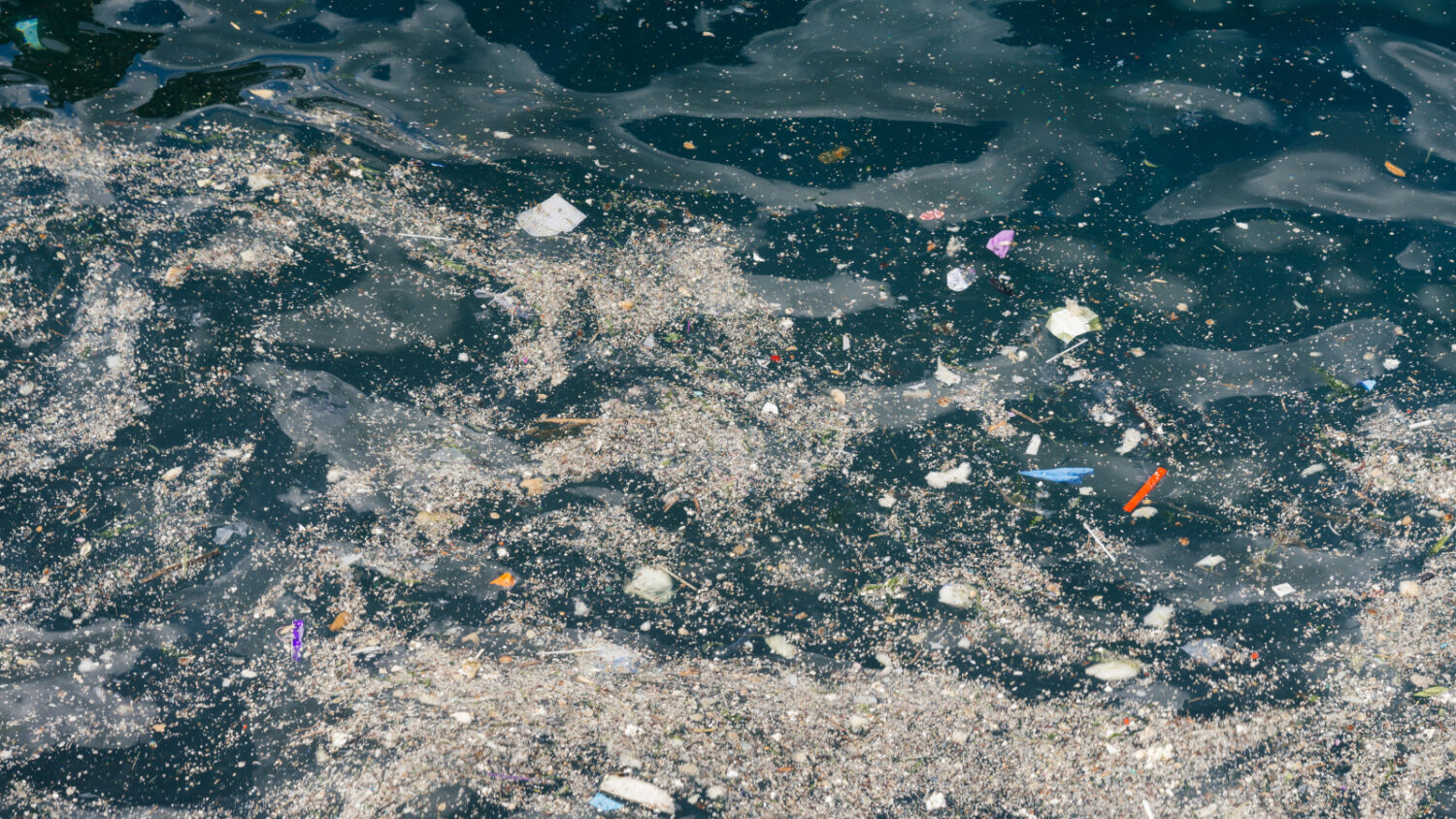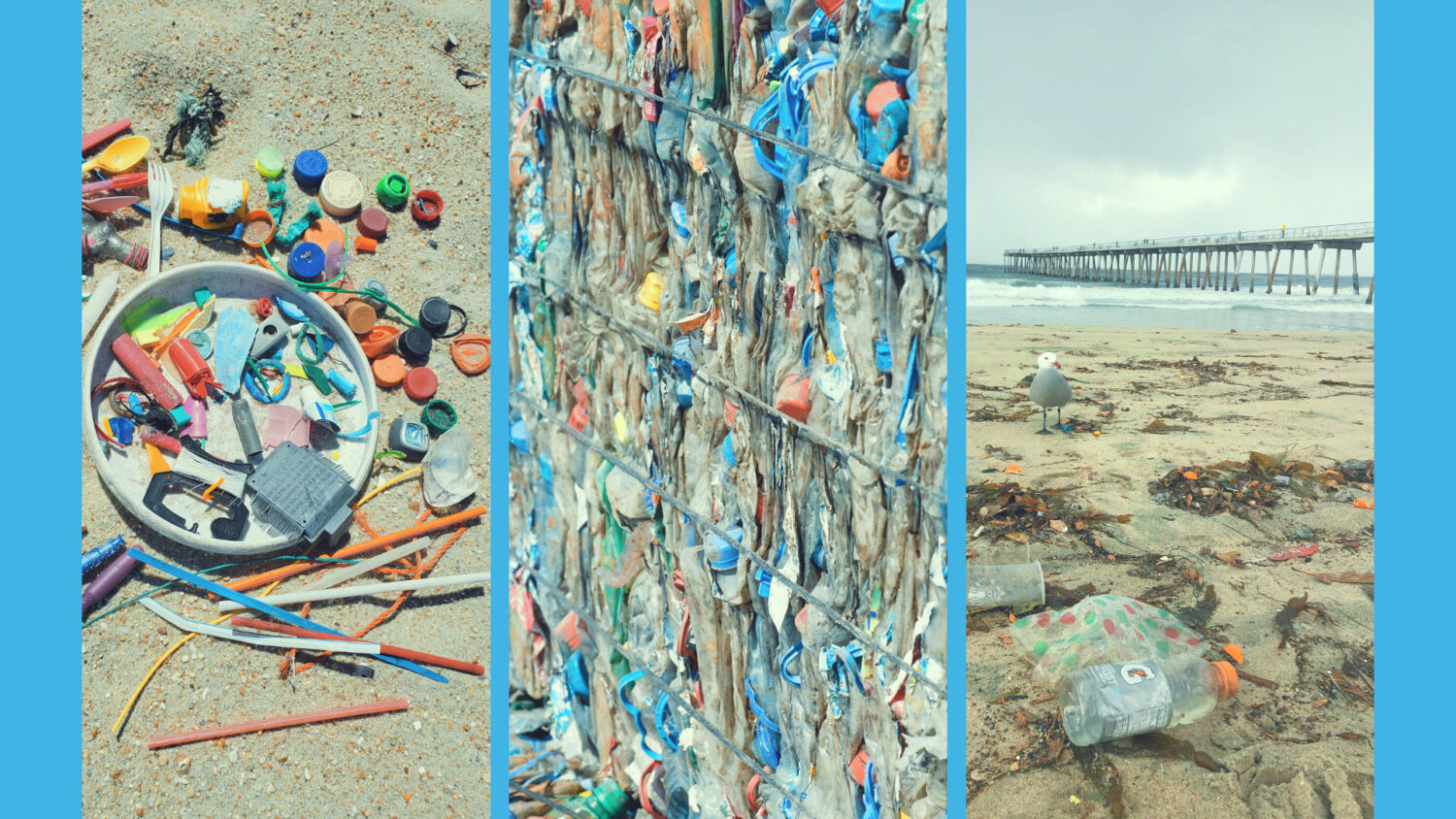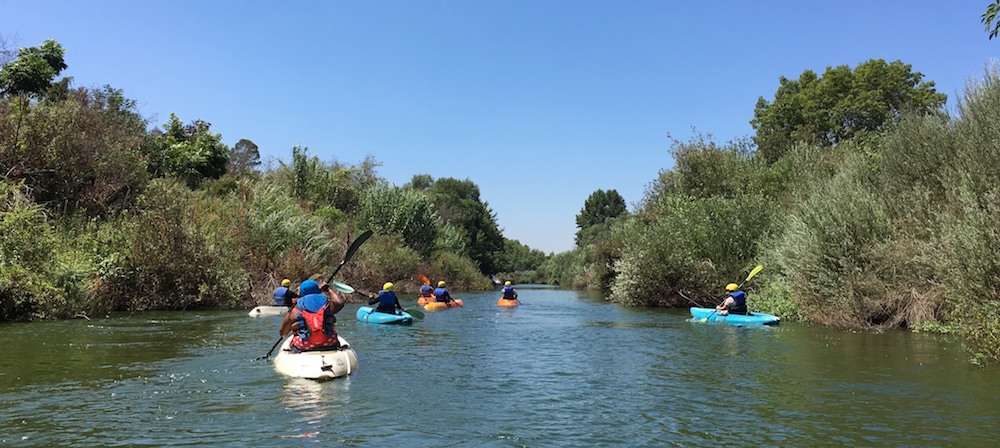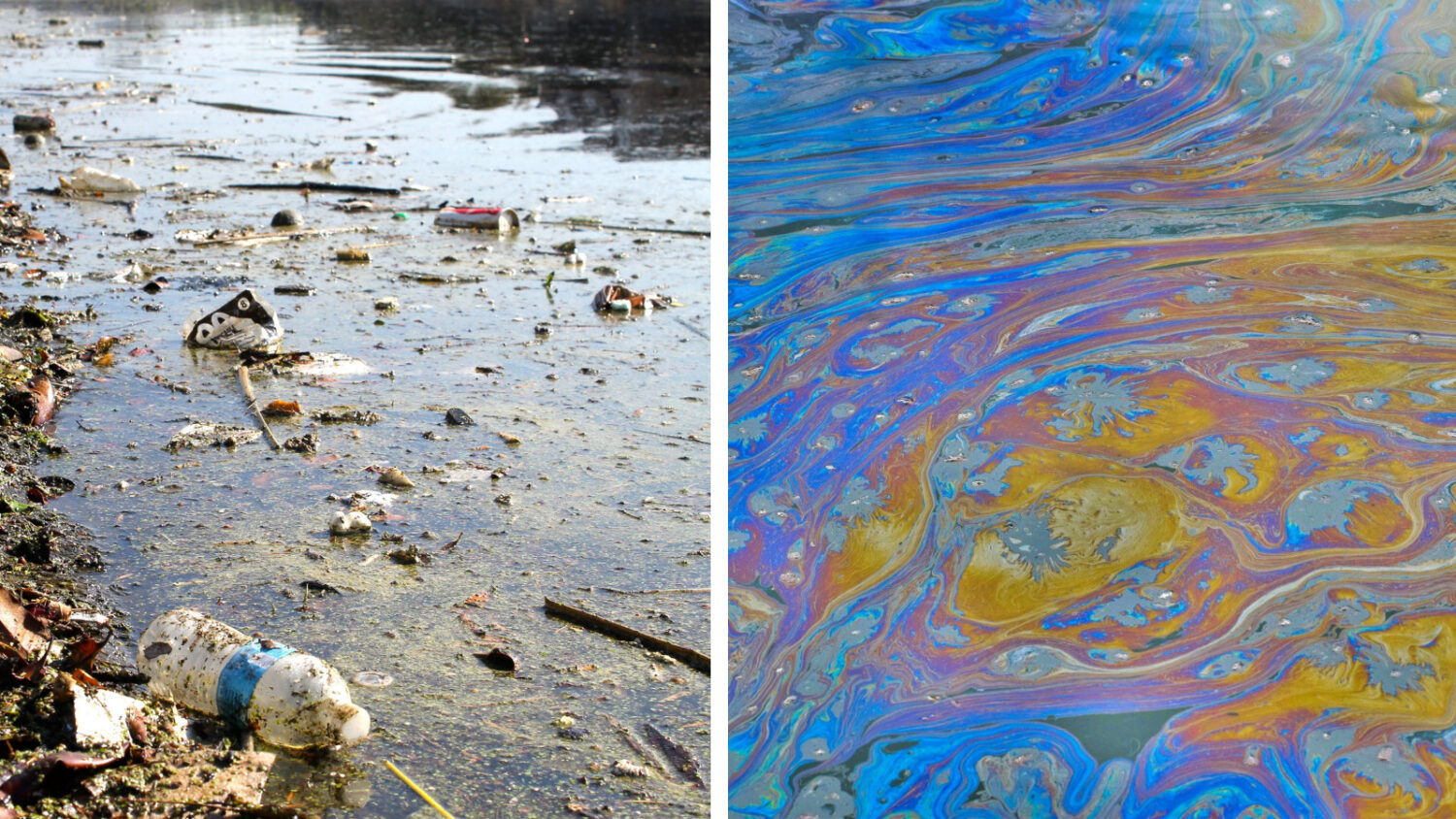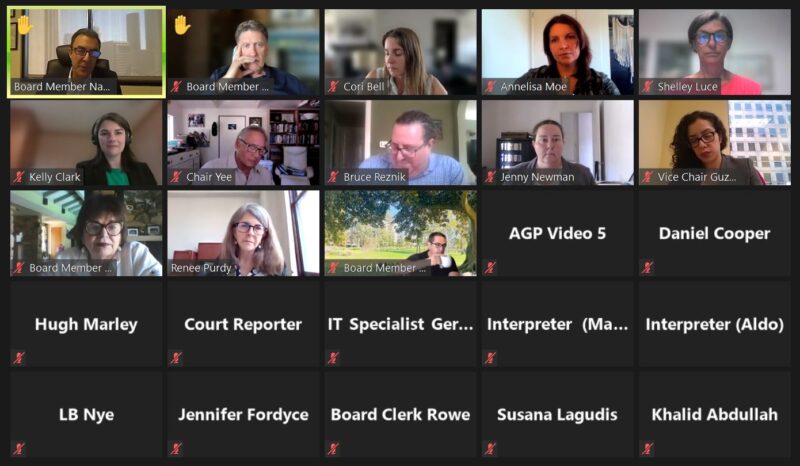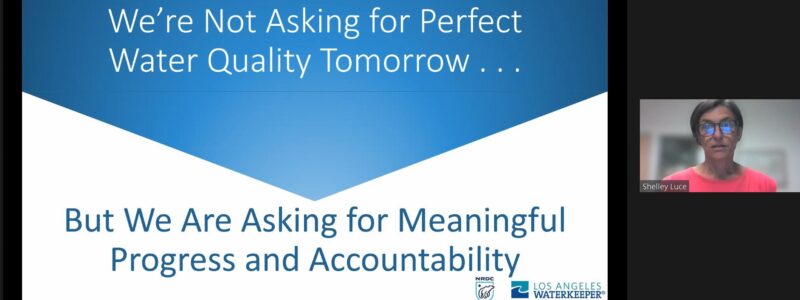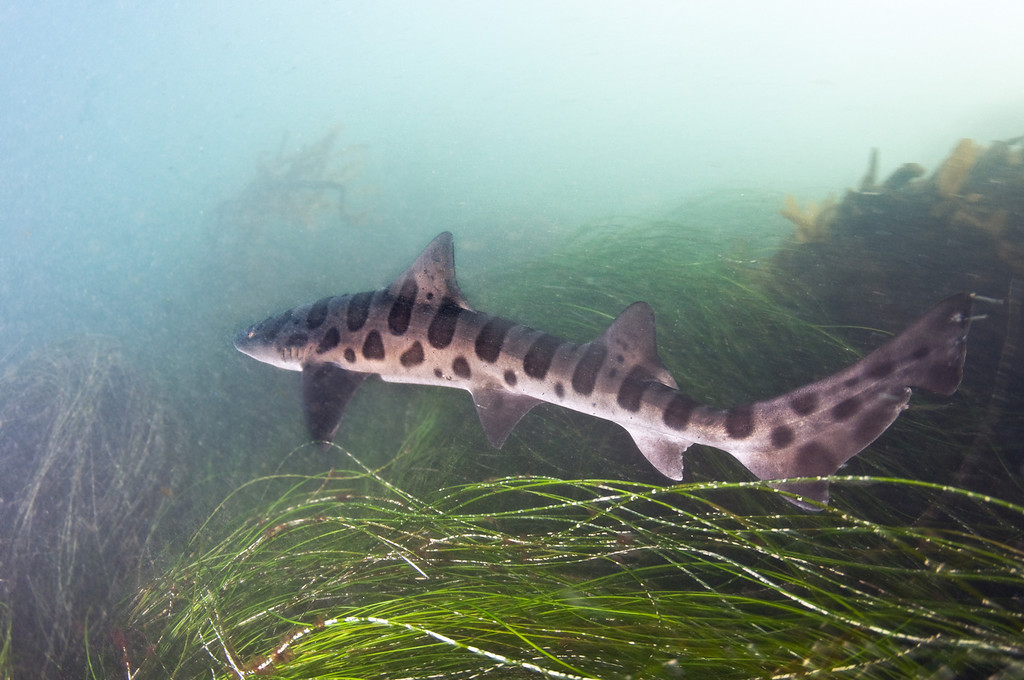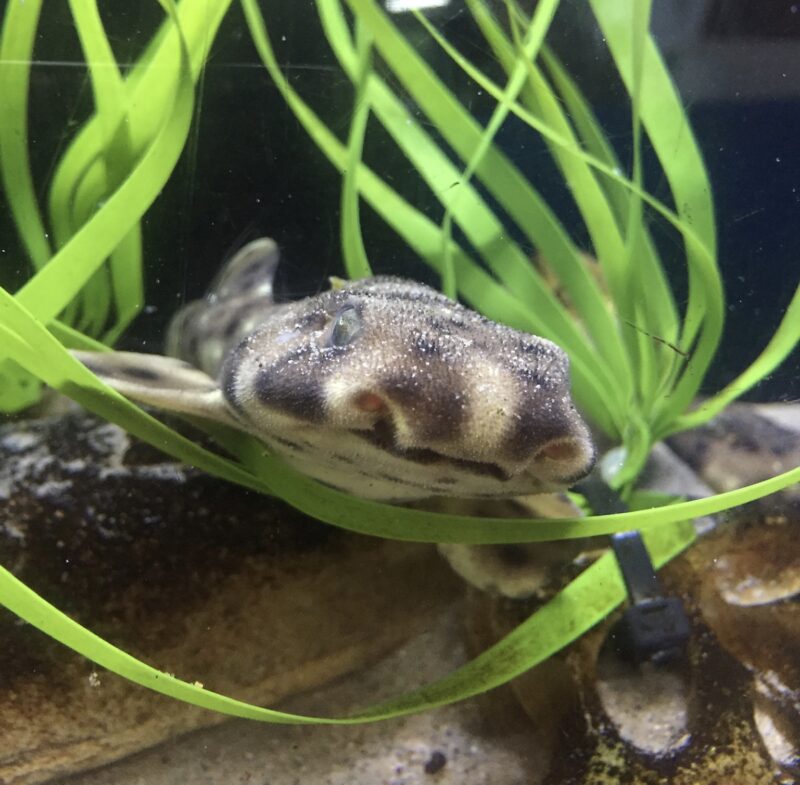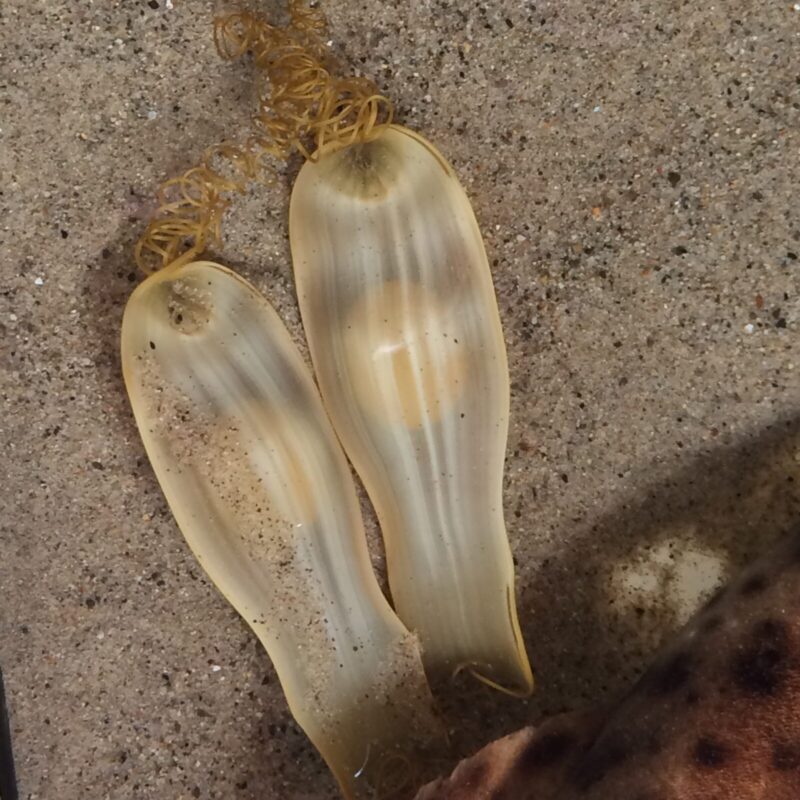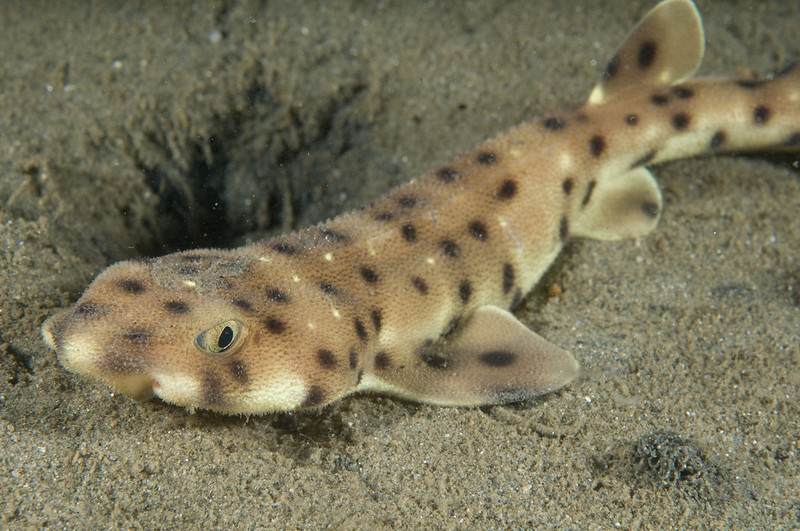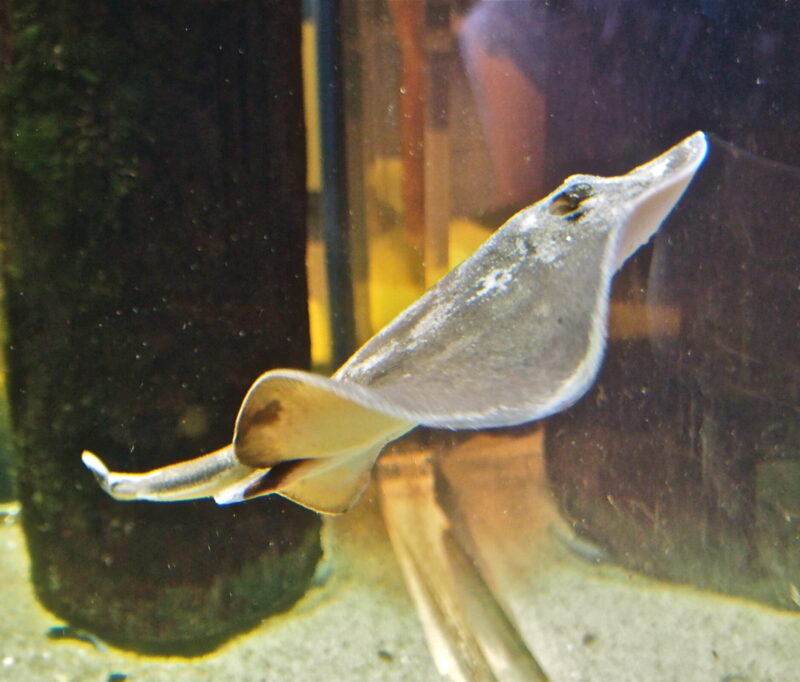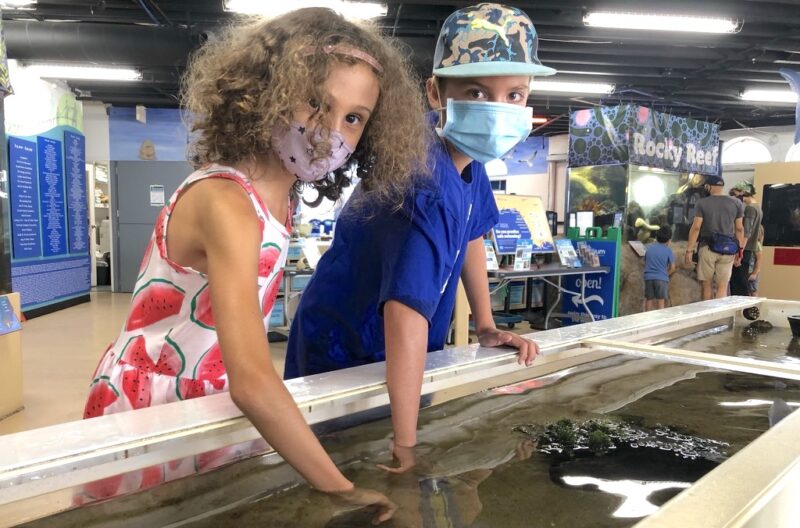
Estamos desconsolados e indignados. Este fin de semana se vertieron al océano 126.000 galones de petróleo crudo de una tubería cerca de Huntington Beach, en Orange County. El derrame de crudo ha tenido lugar en las aguas ancestrales no cedidas de los pueblos Acjachemen y Tongva.
LO QUE SABEMOS
Comenzó con informes de miembros de la comunidad que olían gas el viernes por la tarde y siguió el sábado con una mancha visible de petróleo en la superficie del océano. El anuncio oficial del derrame se produjo más tarde, el sábado por la noche: 126,000 galones de petróleo crudo brotaron de una tubería submarina hacia el agua circundante. El oleoducto (propiedad de Amplify Energy) transporta crudo desde la plataforma petrolífera Elly, ubicada en aguas federales frente a la costa de Orange County, hasta la costa en Long Beach. Según el LA Times, los criminólogos de la Guardia Costera de los EEUU están investigando detenidamente los eventos previos que llevaron al derrame y la posible negligencia en una respuesta tardía.
Los derrames de petróleo son terriblemente tóxicos para la salud pública y la vida marina. Las playas están cerradas y las aves y peces muertos y heridos ya están apareciendo en la orilla. Los mamíferos marinos, el plancton, los huevos de peces y las larvas también se ven afectados, ya que este crudo tóxico se mezcla con el agua del océano y se esparce por la superficie del agua, y hacia aguas más profundas también. A la 1:45 pm del 5 de octubre, solamente se habían recuperado 4,700 galones de los 126,000 galones derramados. Lamentablemente, este aceite también ha llegado a los sensibles y tan especiales humedales costeros de Talbert Marsh, un entorno natural crítico no solo para el hábitat de la vida silvestre, sino también para la calidad del agua ya que filtran naturalmente los contaminantes del agua que fluye a través de ellos; sin embargo, este humedal no puede filtrar la contaminación por hidrocarburos a tal escala.
Estos grandes derrames de crudo siguen ocurriendo porque las compañías petroleras priorizan las ganancias sobre la salud pública y el medio ambiente. Esto se evidencia por el hecho de que la industria petrolera ha buscado continuamente eludir las regulaciones y flexibilizar las restricciones a la extracción de petróleo. El peligro que plantea el patrón de comportamiento imprudente de la industria petrolera aumenta cuando se considera que gran parte de la infraestructura petrolera en California tiene décadas de antigüedad y se está deteriorando. Esta es la segunda fuga importante en una tubería en 6 años. La última fue en 2015, el vertido de petróleo de Refugio, un total de 142,000 galones de crudo que dañaron nuestra costa en Santa Bárbara.
Los derrames de petróleo son parte de un problema de contaminación mucho mayor. El impacto de los combustibles fósiles se deja sentir en todas sus etapas, desde la extracción hasta el desecho.
Los grandes vertidos de petróleo son desastrosos, aunque intermitentes. Pero la contaminación atmosférica de los lugares de extracción de combustibles fósiles y de las refinerías de petróleo situadas en tierra firme tiene un impacto perjudicial cada día para los barrios colindantes. Las comunidades de bajos ingresos y las comunidades de color están expuestas a riesgos desproporcionados para la salud y la seguridad debido a un historial de alta cantidad de perforaciones cerca de los lugares donde los vecinos viven, trabajan y llevan a cabo su vida cotidiana.
Entonces, ¿qué nos aporta toda esta perforación tan arriesgada? Al final lo que sacamos son productos como la gasolina, que contribuye a la crisis climática cuando se quema, o los plásticos que se usan una vez (o no se usan en absoluto) y luego se tiran “a la basura”, volviendo finalmente aquí, contaminando nuestros barrios y el océano.
LO QUE NO SABEMOS
Todavía no está claro qué es lo que causó el vertido de petróleo, ni cuándo empezó exactamente o cuándo se detuvo. La investigación en curso del personal de los equipos de buceo nos dará más información sobre lo que causó la ruptura que llevó miles de barriles de petróleo al Océano Pacífico.
El petróleo crudo es una mezcla de sustancias químicas tóxicas, como el benceno y otros carcinógenos, y se puede presentar en diferentes formas, con diferentes impactos en el ecosistema. Desgraciadamente, aún no sabemos qué tipo de petróleo se vertió, y las leyes de propiedad comercial permiten a las empresas petroleras mantener en secreto sus mezclas de petróleo y productos químicos. Tampoco sabemos cómo se supervisará el progreso de la limpieza y si se incluirán o no pruebas de calidad del agua en ese proceso. Basándonos en derrames anteriores, lo que esperamos es que las playas permanezcan cerradas durante varias semanas, y que los daños medioambientales duren años.
QUÉ NO HACER
En este momento, lo mejor que puede hacer es mantenerse alejado de la zona del vertido de petróleo por propia seguridad.
Aléjese de las playas manchadas de petróleo y cerradas, no entre al agua y mantenga las embarcaciones lejos de la mancha de petróleo existente. A día 4 de octubre, el puerto de Newport y el de Dana Point están cerrados, y en Huntington Beach se ha decretado el cierre de la playa.
Deje suficiente espacio para que los trabajadores de rescate y los equipos de limpieza de la Guardia Costera de los Estados Unidos y la Oficina de Prevención y Respuesta al Derrame del Departamento de Pesca y Vida Silvestre de California (CDFW-OSPR) puedan acceder y trabajar en el lugar del vertido. Si ve algún animal salvaje herido o empetrolado, NO intente intervenir por su cuenta. En su lugar, informe del animal a la Red de Atención a la Vida Silvestre Petrolizada en el 1-877-823-6926.
No pesque en la zona contaminada. CDFW ha emitido un veto de emergencia de la pesca. Cualquier captura de peces en esta zona está prohibida hasta nuevo aviso y CDFW está patrullando la zona concienzudamente. Si usted es un pescador, compruebe esta descripción detallada y el mapa para asegurarse de que se mantiene fuera de la veda de pesca por su propia salud y seguridad. Los mariscos y el pescado se pueden contaminar con el aceite y otros productos químicos del agua. Comer pescado y marisco de la zona contaminada puede hacer que enferme, y también es peligroso salir a pescar debido a la posible exposición a los gases nocivos del vertido.
QUÉ HACER
El equipo de Ciencia y Leyes de Heal the Bay está trabajando en llamar a la acción pública con demandas específicas sobre normativas que compartiremos pronto en nuestro blog y en nuestros canales de Twitter, Instagram y Facebook. Mientras tanto, hay muchas cosas que puede hacer mientras se mantiene a una distancia segura del vertido de petróleo.
Puede ponerse en contacto con la Red de Atención a la Fauna Silvestre Petrolizada de la UC Davis en el teléfono 1-877-823-6926 para informar sobre la fauna silvestre impregnada de petróleo. Ahora mismo, sólo el personal capacitado puede ayudar en los esfuerzos de limpieza. Sin embargo, si desea inscribirse para recibir formación para futuras emergencias, puede rellenar este formulario de voluntario para incidentes del OSPR o llamar a la línea de atención al voluntario al 1-800-228-4544 para obtener más información.
¡Manténgase informado! Preste atención a las noticias y los informes, siga la Respuesta al Derrame del Sur de California para obtener información y actualizaciones, y manténgase al tanto con Los Angeles Times, que está informando al día y en profundidad sobre esta emergencia.
Le animamos a que apoye y siga a estas organizaciones; están haciendo un gran trabajo para rescatar y proteger a la fauna del crudo, y defender el agua limpia y los humedales en buen estado a nivel local en Orange County:
- Oiled Wildlife Care Network
- Pacific Marine Mammal Center
- International Bird Rescue
- Wetlands and Wildlife Care Center
- OC Coastkeeper
- Bolsa Chica Conservancy
- Huntington Beach Wetlands Conservancy
- Newport Bay Conservancy
Le sugerimos que siga y apoye a estas organizaciones; están luchando incansablemente porque se eliminen las perforaciones de pozos de petróleo en nuestro océano, en nuestros barrios y en cualquier otro lugar:
- Sacred Places Institute for Indigenous Peoples
- Communities for a Better Environment
- Azul
- STAND-LA coalition
- Last Chance Alliance coalition
- Center for Biological Diversity
- Sierra Club
- Surfrider
- East Yard Communities for Environmental Justice
- Heal the Bay
Esta lista NO es exhaustiva; hay muchas organizaciones y personas que realizan esta ardua labor. Si su grupo está trabajando en el vertido o luchando contra las grandes petroleras y le gustaría ser añadido a la lista anterior, contáctenos.
LA CONCLUSIÓN
Si seguimos dependiendo de los combustibles fósiles, los vertidos de petróleo y la contaminación atmosférica son inevitables y sus impactos seguirán siendo devastadores. La única solución es cerrar esta sucia industria y protegernos a nosotros mismos y al medio ambiente mediante una transición justa que nos aleje de la economía extractiva de los combustibles fósiles.
Permanezca atento, pronto publicaremos un seguimiento con las formas en que puede hacer oír su voz.





